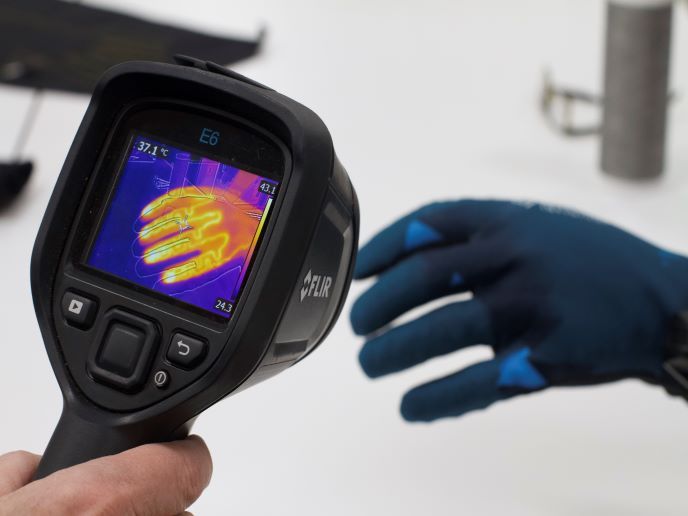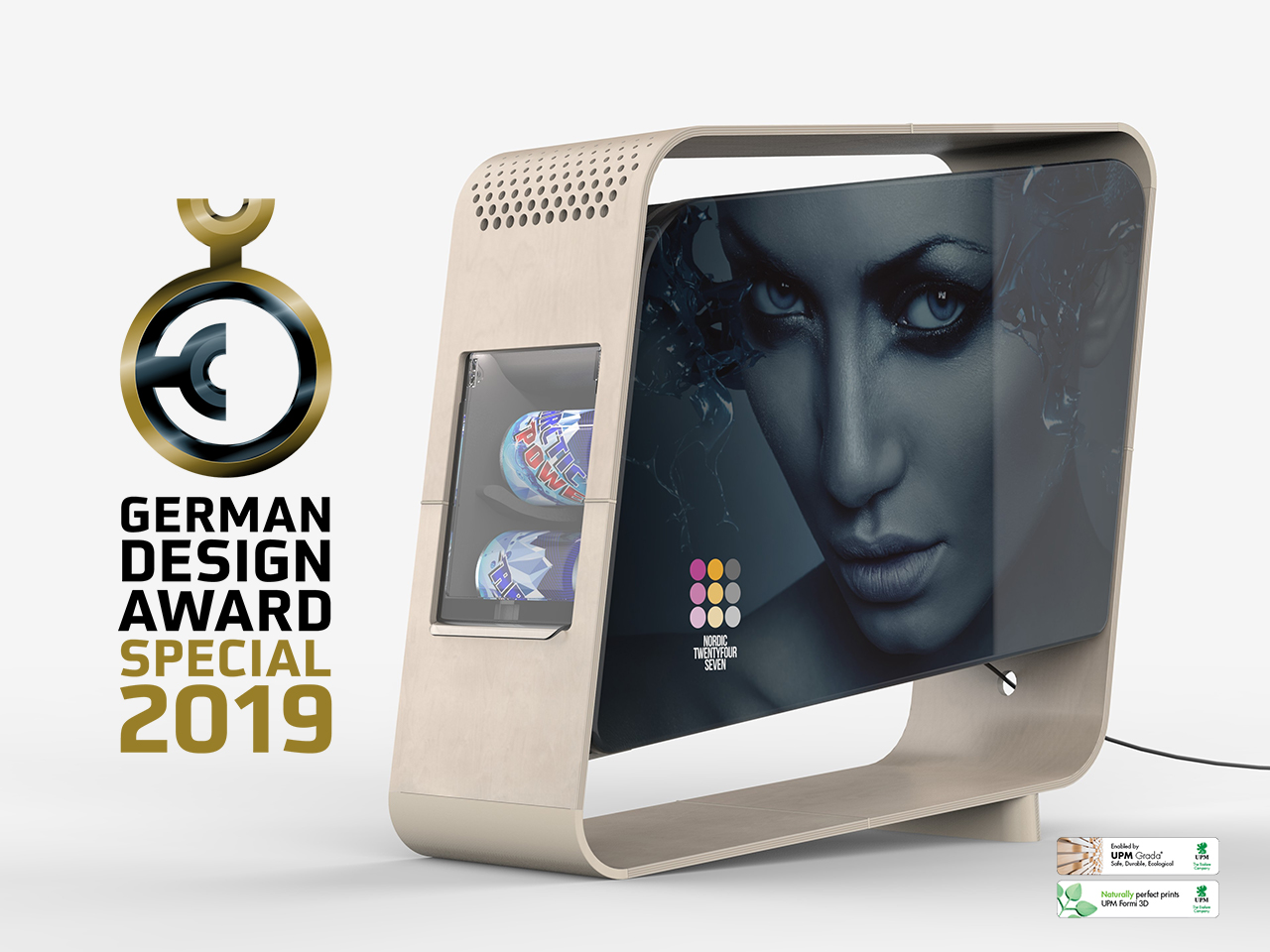Towards room temperature magnetic cooling
The most common cooling technology relies on vapour compression and involves the phase transition of a refrigerant from liquid to gas and back. Although mature, it is characterised by rather low energy efficiency. Moreover, substances being used are subject to future prohibition. Over the past years, several new technologies have been proposed as alternatives for refrigeration, air conditioning and even power generation. Magnetic (also called magnetocaloric) cooling has been investigated as the alternative with the best experimentally achieved energy efficiency. The EU-funded project DRREAM(opens in new window) (Drastically reduced use of rare earths in applications of magnetocalorics) focused on technological breakthroughs needed for magnetic cooling to enter specific market niches. Researchers did not expect the widespread displacement of vapour compression technology. In magnetic cooling, by applying a magnetic field, the working material will heat up. This process is analogous to the compression phase in vapour compression refrigeration. The generated heat – due to the magnetocaloric effect – then needs to be rejected (analogous to condensation). Previously, the material most often considered for magnetic cooling was gadolinium, a relatively rare metal and a strong ferromagnet. The DRREAM team looked into La(FeSi)13 compounds and their hydrides, the most promising candidate for room temperature magnetic cooling. DRREAM's search for the most suitable material led to the development of advanced tools to study phase transitions of lanthanum-containing iron alloys as well as rare earth-free materials. With the use of high-resolution neutron diffraction, they tested ab initio theories of room temperature magnetism. Importantly, parts produced using different techniques were examined in terms of their thermomagnetic power generation properties. Researchers demonstrated the operation of regenerators delivering 50 % improvement in the cooling performance of refrigerators. The project's ultimate result was to lower the amount of rare earths used in future domestic magnetic refrigerators. Specifically, a significant improvement in the understanding of rare earth-free magnetocaloric materials promises to reduce both raw material use and future technology costs.







